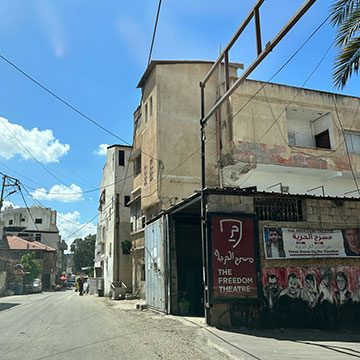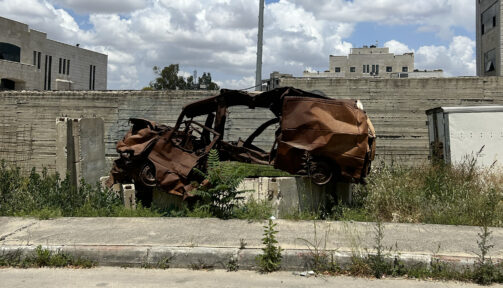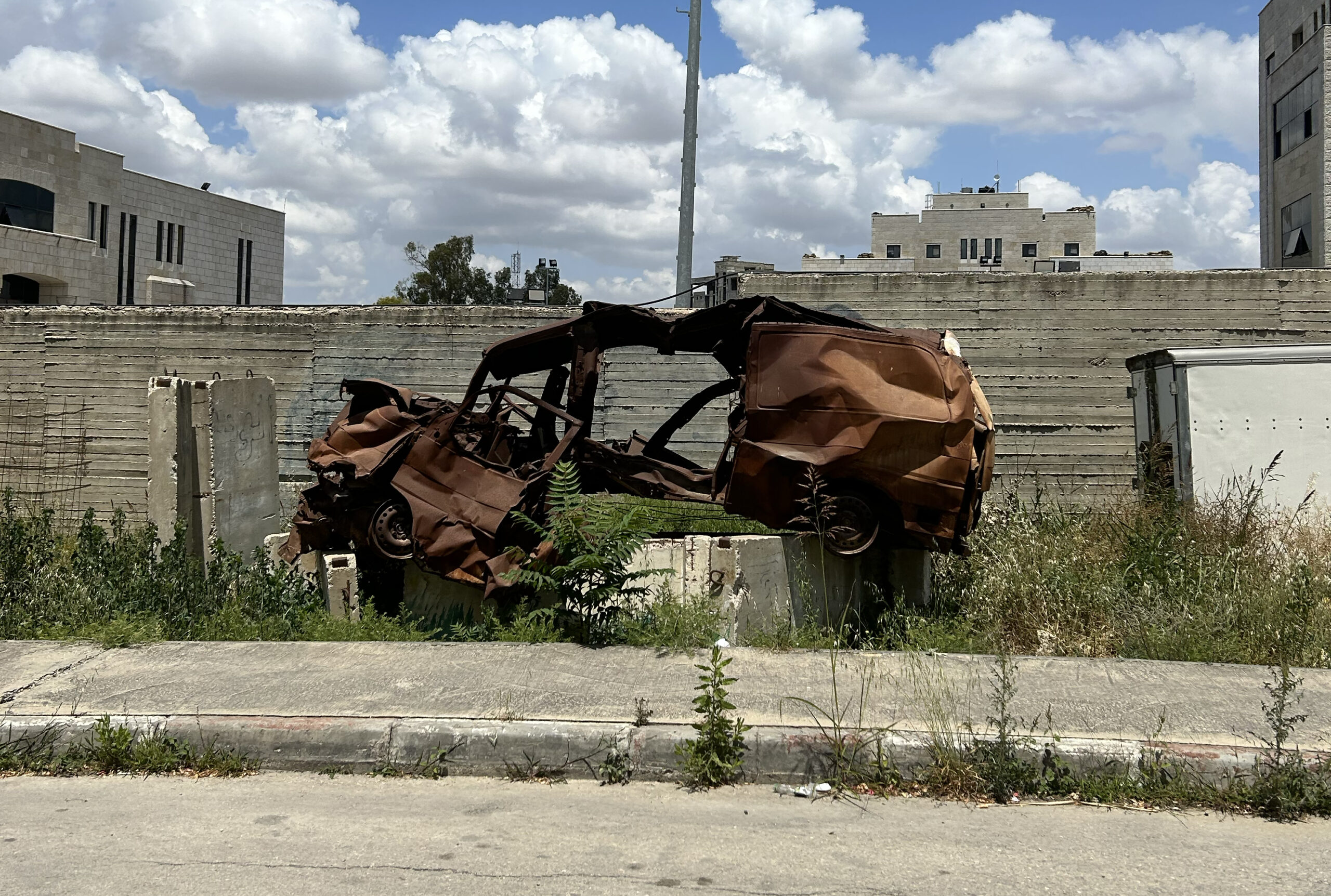I am a third-generation Palestinian refugee and the granddaughter of Palestinians. In 1948, our family fled our homes in Nazareth during the Nakba – the mass displacement and dispossession of Palestinians during the 1948 Arab-Israeli war – and the establishment of the state of Israel. With this family history, I knew I wanted to conduct my capstone research project in Palestine, and I focused on the impacts of crowd control weapons (CCWs) on the Palestinian population, including civilians and healthcare providers (HCPs).
To understand the impact, I interviewed a variety of HCPs in Palestine, including emergency medicine physicians, surgeons, and first responders. My questions revolved around their patient population, the types of injuries they treat, their experiences with crowd control weapons, and what they perceive are the mental health effects on civilians and healthcare providers of frequent confrontations with Israeli forces and exposure to CCWs. These topics are not easy to address, and I am grateful to my research participants for how vulnerable and open they have been with me in sharing their stories.
According to my interview participants, Israeli forces use CCWs, such as tear gas and rubber bullets, to disperse crowds. Use of these weapons can cause pain, burns and extreme emotional distress in patients, especially in children who are frequently exposed. In cases when tear gas is used in confined areas such as homes or schools or against children or elderly patients, it can lead to hospitalization or death. Interview participants also shared that Israeli forces use a variety of tear gasses with differing formulations, and providers don’t always know how to alleviate the pain or treat the resulting burns.
An important finding in my research is that in addition to these “traditional” CCWs, participants have experienced an increase in the use of “nontraditional” CCWs, including live bullets and missiles, to subdue Palestinian crowds. When asked about tear gas, a Jenin first responder told me he rarely sees it. He said for the past seven or eight years, Israeli soldiers usually “shoot to kill,” and “use live bullets or energy missiles to target civilians in their homes or on the streets.” “We long for the smell of tear gas,” he said. He also explained to me that they target ambulances. I spoke to a paramedic who was targeted while in an ambulance, burned from head to toe. Not only are providers regularly injured, but they must also fight for permission to enter the Jenin refugee camp to treat patients.
When asked about their mental health, Palestinian HCPs shared that they endure constant stress from treating those who are injured during confrontations and living under military occupation. They say their professional responsibility to treat the injured leads them to risk their own lives to retrieve a patient in the field, wait for hours at military checkpoints to transport or reach patients, and work long hours with limited resources. They also say that they are also in constant fear for their lives and for the lives of their loved ones.
Participants who were interviewed, including psychiatrists, spoke in great depth about the impact these confrontations have on the mental health of the Palestinian population. Commonly seen mental health disorders include post-traumatic stress disorder, insomnia and depression as well as physical manifestations of stress such as urinary incontinence in children and miscarriages in women. Providers reported feeling overwhelmed and hopeless.

Jenin was the first city I visited for my capstone research, and it was the city where I interviewed my final participant. A few days after I left Palestine, Israel launched a military operation there, targeting the Jenin refugee camp, killing 12 and re-displacing 3000 Palestinians. A first responder I interviewed emailed me a video of himself taking cover under fire, unable to reach his ambulance. Another participant told me that the government hospital in Jenin had been tear gassed. So, while my capstone research period is over, the plight endured by Palestinians continues. My aim through my research is to share the firsthand experiences of medical professionals working under the extreme conditions of Israeli military occupation, without the protection that should be granted to them by international humanitarian law. Through them, we can begin to understand and address the resulting mental health repercussions on health care providers and the broader Palestinian population.

